Your Pelvic Floor’s Sneaky Connection to the Whole Body
Despite all that they do for us, the pelvic floor puzzle is made up of muscles that are often overlooked and misunderstood. Not only do our pelvic floor muscles maintain bowel and bladder continence and keep your organs in place, but they also play a major role in sex, posture and breathing—all prettyyyy important things. Yet, much of the public doesn’t know that these muscles even exist!
Hi, it’s Dr. Seher here, I’m Physio Room’s pelvic floor specialist and I’m here to give you a dive into understanding your pelvic floor puzzle and how it has sneaky connections with the rest of your body!
What exactly is the pelvic floor?
First and foremost, I’d like to clarify that everyone has a pelvic floor and that it is not just a “women’s health” issue. With some anatomical deviations, both the male and female pelvic floor muscles are pretty much the same, with the same functions.
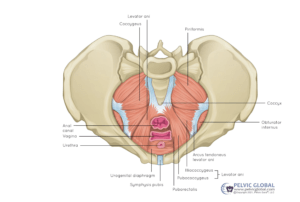
Image used with permission from Pelvic Guru®, LLC www.pelvicglobal.com”
These muscles are like a “hammock” spanning inside of the pelvic cavity and provide support for all your pelvic organs (bladder, rectum, prostate/uterus, abdominal viscera).
Their main functions are:
- Maintaining bowel/bladder control
- Voiding and defecation
- Sexual function
- Anticipatory postural control and stability
- During Pregnancy and and after child-birth
Now, let’s dive into all the connections that it has with the rest of the body!
Connection with the Core
The pelvic floor and the core are like dance partners in a routine to provide trunk stability, postural control and pressure management. This means that with everything that we do, these muscles are the first to kick on automatically for us to move with good control and stability.
Breathing and the Diaphragm
Your pelvic floor must work together with your diaphragm every time that you breathe! When you inhale, the diaphragm drops down and the pelvic floor relaxes down. When you exhale, the diaphragm lifts back up and the pelvic floor contracts and lifts as well.
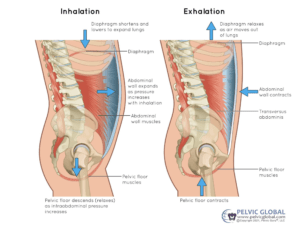
Image used with permission from Pelvic Guru®, LLC www.pelvicglobal.com”
Posture: A Balancing Act!
When initiating movement, the pelvic floor muscles are the first muscle group to automatically turn on to stabilize your trunk and core. These muscles activate ahead of time in anticipation of movement to provide smooth, coordinated movement. They also work in conjunction with your spinal stabilizers, your diaphragm and your deep abdominal muscles to maintain your posture. They are always working!
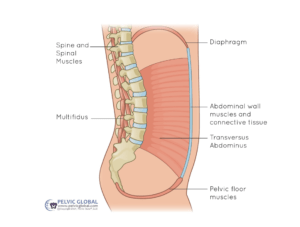
Image used with permission from Pelvic Guru®, LLC www.pelvicglobal.com”
Hip Stability, strength and mobility
Our pelvic floor muscles contribute to our overall hip stability and strength. If the pelvic floor muscles aren’t working properly to stabilize the pelvis, this can lead to hip pain. The reverse is also true! If the hips aren’t strong, stable or mobile enough, this can result in pelvic floor muscle compensation which can cause further issues.
Your jaw and voice
This one is going to sound a little random, but hear me out… Your jaw and pelvic floor are inherently connected since fetal development! During development, they arise from the same tissue and there is a long line of fascia that connects them in our bodies. Studies have shown that when we clench our jaw, especially during stressful situations, our pelvic floor also clenches with it. Furthermore, our voice and vocal cords also have an affect on our pelvic floor. When we speak in higher pitched voices, our pelvic floor muscles contract, and when we speak with lower tones, it relaxes.
Your nervous system and stress response
Although everyone’s body and nervous system responds to stress differently, there is a common link between pelvic floor tension and stress/anxiety. When we are stressed, we often clench our jaws, contract our neck muscles and create tension in our pelvic floors. This is an innate nervous system and anxiety response for many people. So next time you find yourself feeling stressed or anxious, check in with your jaw and pelvic floor. See if you can take deep breaths, untuck your tailbone and relax your pelvis.
What happens when things don’t work together?
If there is a dysfunction with one or more of the systems described above, this is when issues relating to low back pain, SI joint/hip pain, hernias, pressure management and bowel/bladder leakage can occur. Sometimes, when rehabbing other areas of the body such as the low back or hip—the pelvic floor is the missing link that often gets overlooked!

Dr. Seher Vatansever
Pelvic Floor Physical Therapist
I’m here for you!
Understanding your pelvic floor and its connections is the first step towards a healthier and more balanced you. If you find yourself curious or concerned about your pelvic floor’s function, you can always reach out to me with questions via e-mail at Seher@physioroomco.com. If you’d like to work on your pelvic floor health with expert guidance, you can book a session with me here.
As a pelvic floor physical therapist, my mission is to empower you with knowledge and to support you through any issues that you may be experiencing! Stayed tuned for more blog posts relating to pelvic floor health!
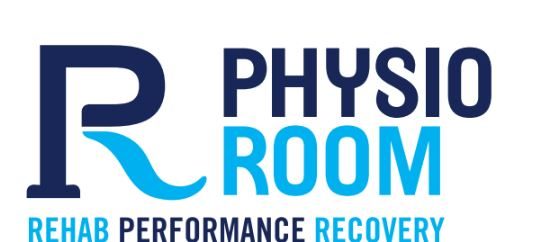


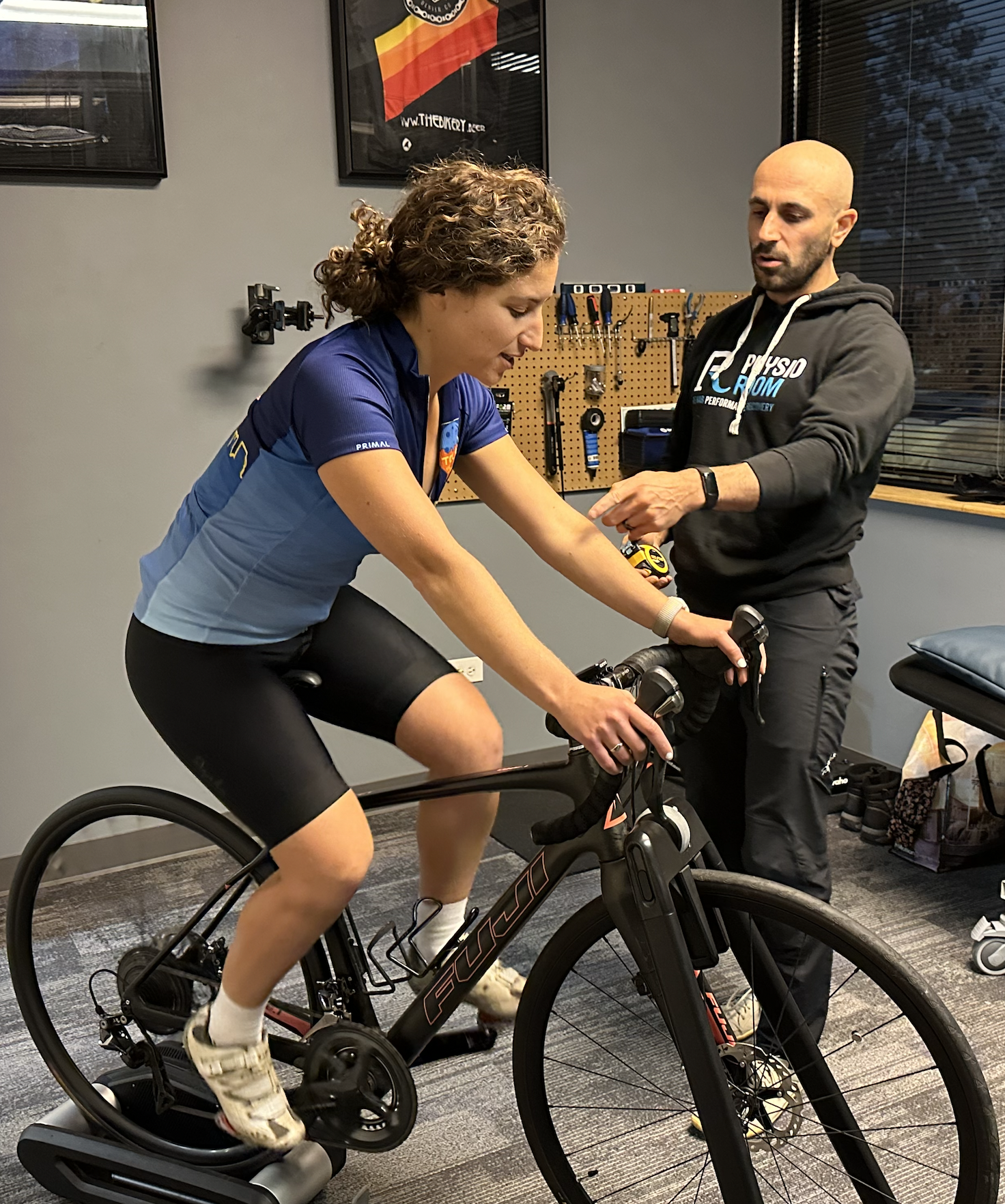
No responses yet